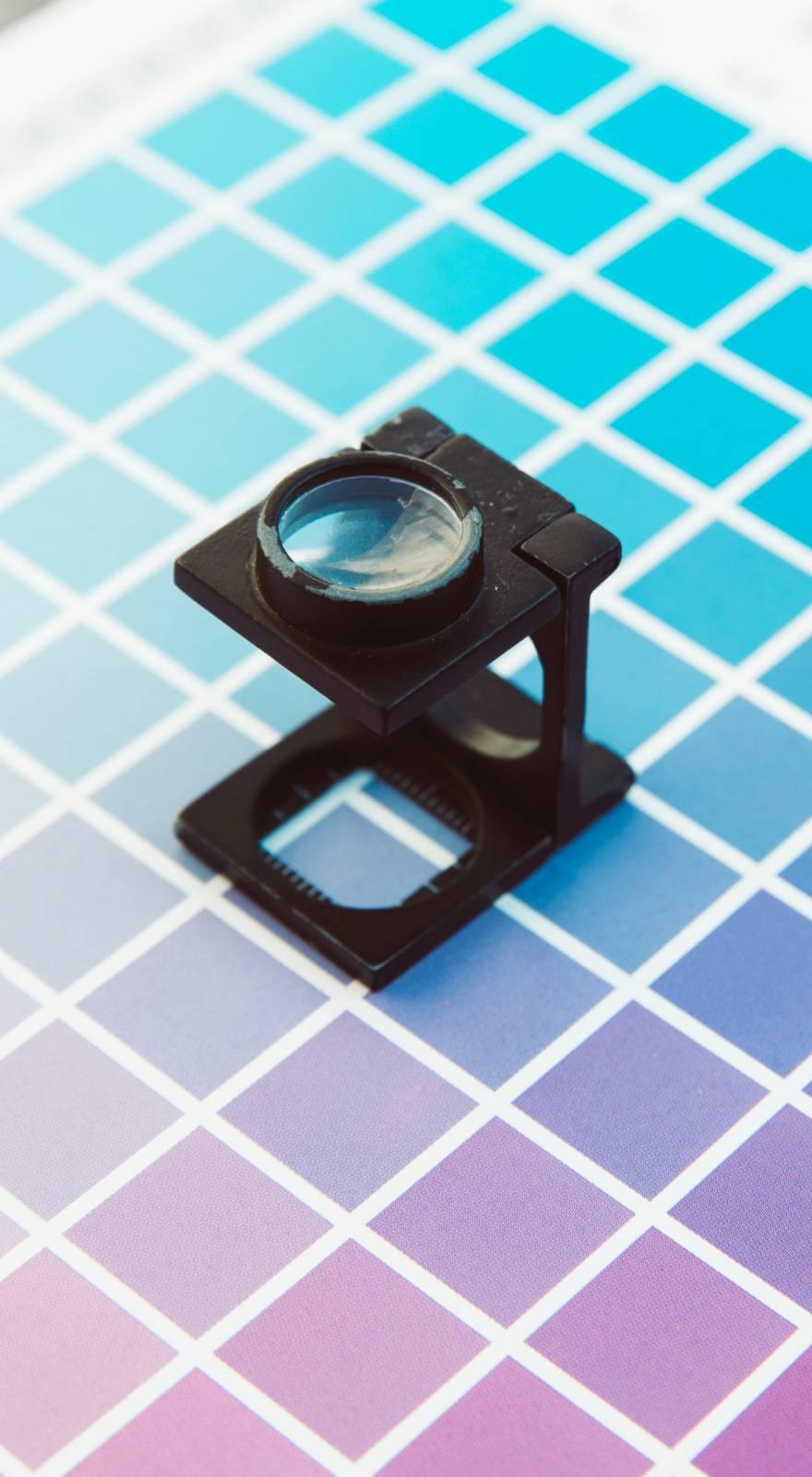Knowde Enhanced TDS
Identification & Functionality
- Technologies
- Product Families
Features & Benefits
- Ready-to-Use Product Features
- Characteristics
- High Intensity.
- Good Fastness to Sterilization.
- Good Fastness to Grease.
Applications & Uses
- Markets
- Application Method
- Compatible Substrates & Surfaces
- Processing Instructions
The inks are ready for printing as delivered. Stir the inks well before use and then adjust them to the required printing viscosity and drying rate by adding the solvents. Mix the hardener homogeneously into the ink.
IMPORTANT: Inks polymerize! Dirty anilox rollers can be cleaned only with great effort at a later moment.
- Excluded Applications
The inks mentioned above are not suitable for direct food contact. The use of these inks on food packaging with special requirements e.g. for microwave, baking oven or baby food, must be tested prior to application. Please also note the regulatory requirements of the respective target market.
Technical Details & Test Data
- Technical Details
Substrates
- Cellulose, cellulose hydrate (fibrous casing), collagene, PA (polyamide)
Due to the variety of materials prior tests of printability and properties are recommended as well as in-line corona pre-treatment. A surface tension of approx. 40 mN/m is suggested.
Solvents Use the offered solvents from the manufacturer. Other solvents can result in printing or adhesion problems.
- Thinner: water
- Retarder: 363378
- Accelerator: 366928
Start with an addition quantity of 2 - 3 % and observe the viscosity as well as the drying time on the machine. Overdosing the solvents can result a too low viscosity and/or negatively influence the drying properties. Residues of the retarder in the ink film can have a strong influence on the final strength and fastness of the prints. Overdosage of the retarder can also cause set-off and blocking. Too much accelerator can impair ink transfer and causes the ink drying even on plates, anilox rolls or cylinders.
Additives
Information on precautions can be found in the corresponding material safety data sheet.
- Hardener: 3
The application quantity is 6 % based on the total quantity of colored, white and extender varnish. Example Green: 10 kg cyan+25 kg yellow+25 kg varnish+15 kg solvent 6 % of (10 kg + 25 kg + 25 kg) = 6 % of 60 kg = 3.6 kg hardener The added solvent is not taken into calculation. For demanding substrates it may be necessary to increase the hardener quantity to 12 %. Therefore, preliminary tests are necessary. IMPORTANT: Opened containers have to be re-closed well and consumed quickly (danger of self-polymerisation).
- Defoamer: 363395
We recommend an addition of 0.2 - 1 %. Add the defoamer while stirring. If foam formation has occurred, it has proven itself in practice to spray the defoamer onto the ink using a spray bottle. CAUTION: Overdosing can lead to the formation of “fish eyes”.
- Cleaner: 308607
This cleaning agent is especially for the manual cleaning of water-based printing inks and dispersion varnishes.
Packaging & Availability
- Packaging Type
- Packaging Size
- 10 kg and 25 kg bucket / can
- 200 kg barrel
- 1000 kg container
Storage & Handling
- Storage Instructions
Durability and storage
- Standard shades 6 months.
- Metallic shades 3 months.
We recommend a storage temperature of 20°C
Pot life of the inks is at least 6 - 8 hours. High temperatures and air humidity reduce the pot life.
Further processing: Complete curing and thus final strength is achieved after storage for at least 4 days at room temperature. Insufficient curing entail problems with shirring and boiling. Products are not laminatable!

